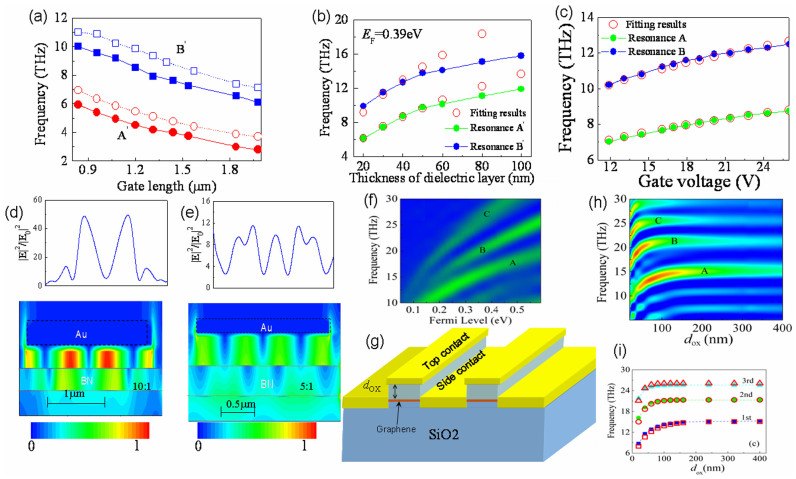Figure 3. Illustration of the scaling of plasma wave resonance and screening effect in MGL-FETs (Fig. 1(c) under different controllable parameters.
(a) The frequency dependence of plasma waves in strong coupling double-layer device (Fig. 1(c)) with interlayer spacing d ~ 50 nm is proportional to the inverse of gate length L, the solid and open symbols are the first two resonances at EF ~ 0.21 eV and EF ~ 0.29 eV, respectively. (b) The screening (virtual-gate effect) between two graphene sheets affect obviously the dispersion of plasma wave resonance in the strong coupling limit (d < 60 nm), where the virtual gate effect dominates (Fig. 3(d)), and the tunability degrades to the monolayer plasma wave resonance if the interlayer spacing exceeds 60 nm, in the meantime, a sharp contrast in near-field strength is seen between Figs. 3(d) and (e). Also, the good agreement between “virtual gate” model and obtained data in Fig. 2(b) corroborates again the dominated role of screening (Fig. 3 (c)). By increasing the number of graphene sheets, the plasma wave resonance can be tuned in wider frequency band (f). (g) is the schematic of the multi-waveguide-like FETs as proposed for nano-photonics making use of the strong screening effect and confinement of plasma wave in graphene. (i) Indicating the good agreement between effective medium model (seeing Materials and Methods) (open symbols) and obtained results (solid symbols). We find the sensitive tunable resonance and propagation constant or absorption in deep subwavelength regime from 0 nm to 200 nm (i. e. λ2/d2 ~ 104) (h), enabling the flexible design of monolithic THz photonic network system.

